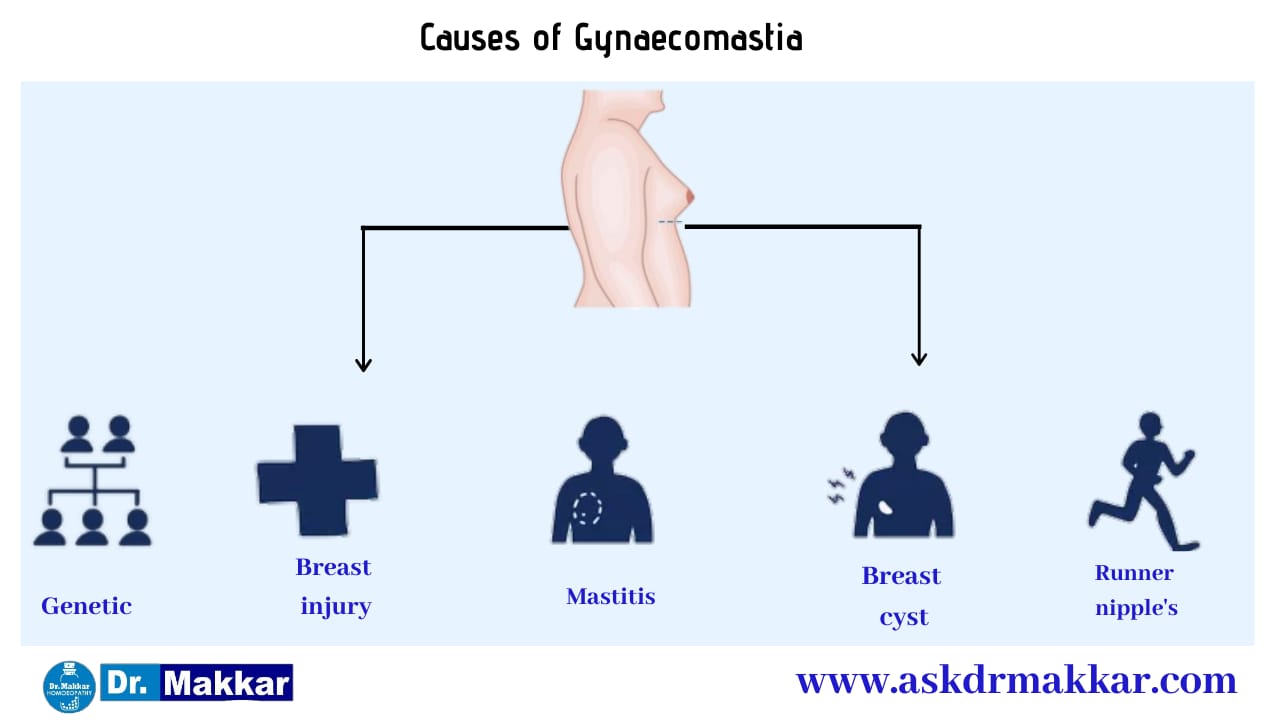
Idiopathic (a term used when no apparent cause can be found)
Breast injury: An injury to the breast (from sports, motor accidents, etc.) can sometimes cause the death of fatty tissue (breast fat necrosis), cause a lump or dimpling of the breast that is similar in appearance to breast cancer. Unfortunately, breast fat necrosis can look very similar to breast cancer on a mammogram, and sometimes a needle biopsy is needed to confirm necrosis instead of cancer.
Runner's nipple: It's not uncommon for men to develop irritated or bloody nipples from jogging, hence the names "runner's nipple" or "marathoner's nipple."10 Just as friction over other areas of the body can cause discomfort, friction over the nipples can result in pain and bleeding.
Mastitis: An infection of breast tissue called mastitis can occur in men as well as women.11
Breast cyst: A breast cyst is a fluid-filled sac in the breast and may occur in men as well as women.12
Fibroadenoma
There are many other conditions that can cause gynecomastia. These include:
Obesity
Lack of proper nutrition
Tumors in the testicles or adrenal glands
Liver disease
Hyperthyroidism
Hypoandrogenism
Hypogonadism
Kidney failure
Certain drugs can also cause gynecomastia, including:
Anabolic steroids for improved athletic performance
Estrogens
Finasteride (Proscar®, Propecia®) for enlarged prostate
Spironolactone (Aldactone®), digoxin (Lanoxin®), amiodarone (Cordarone®), and calcium channel blockers
Cimetidine (Tagamet®) and proton pump inhibitors for heartburn
Diazepam (Valium®) for anxiety
Ketoconazole (Nizoral®) for fungal infections
Metronidazole (Flagyl®) for bacterial infections
Human chorionic gonadotropin for fertility problems
Amphetamines, marijuana, heroin, methadone (“street” drugs) and alcohol